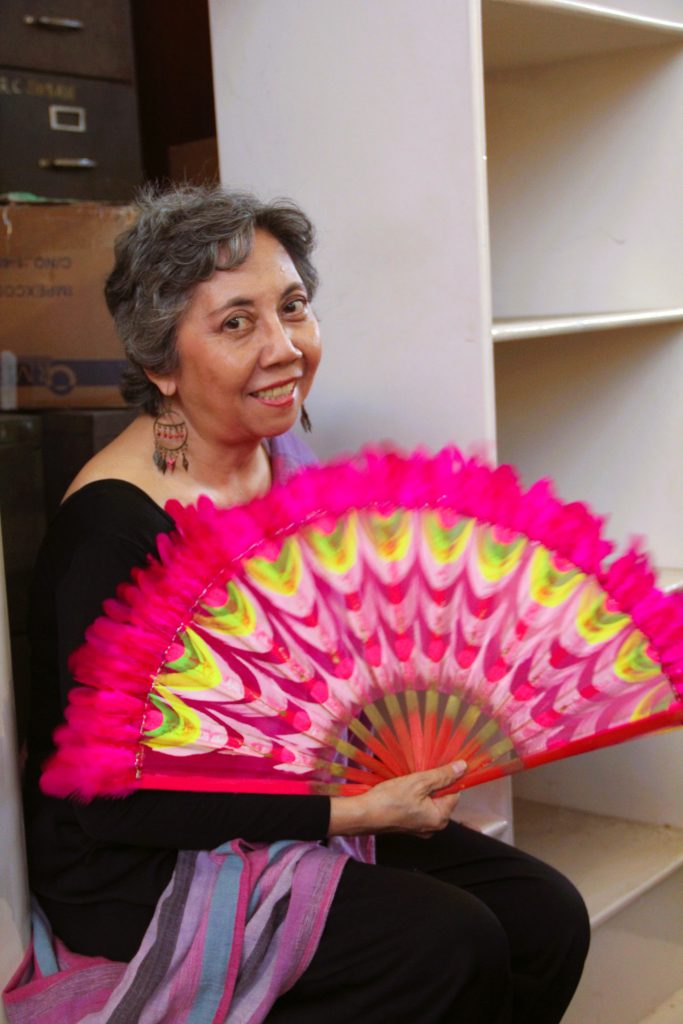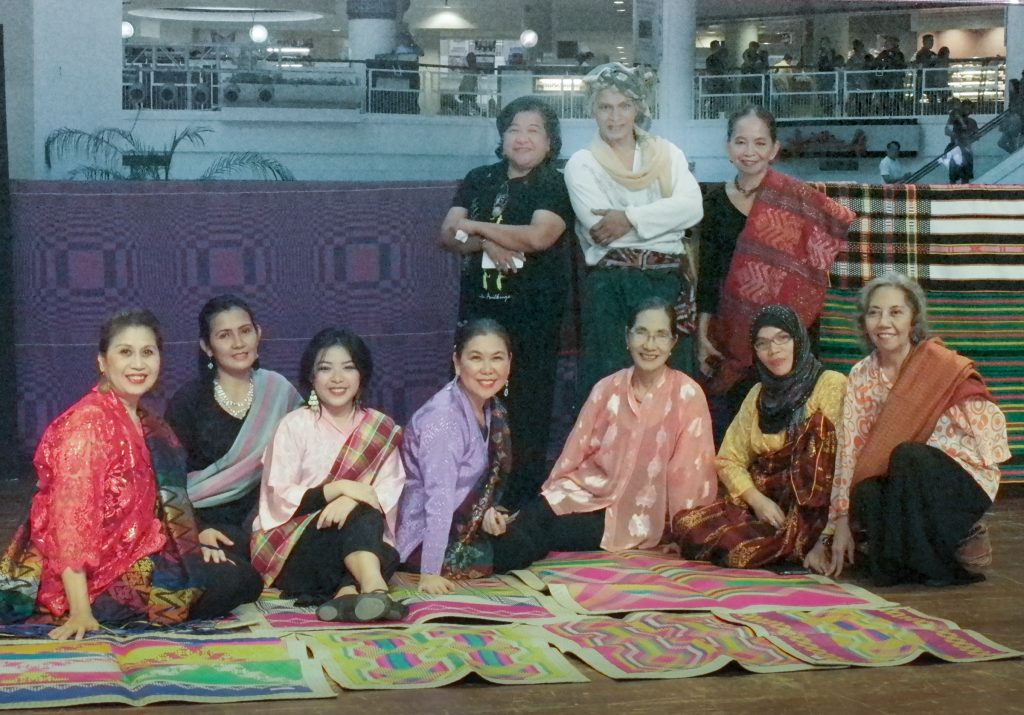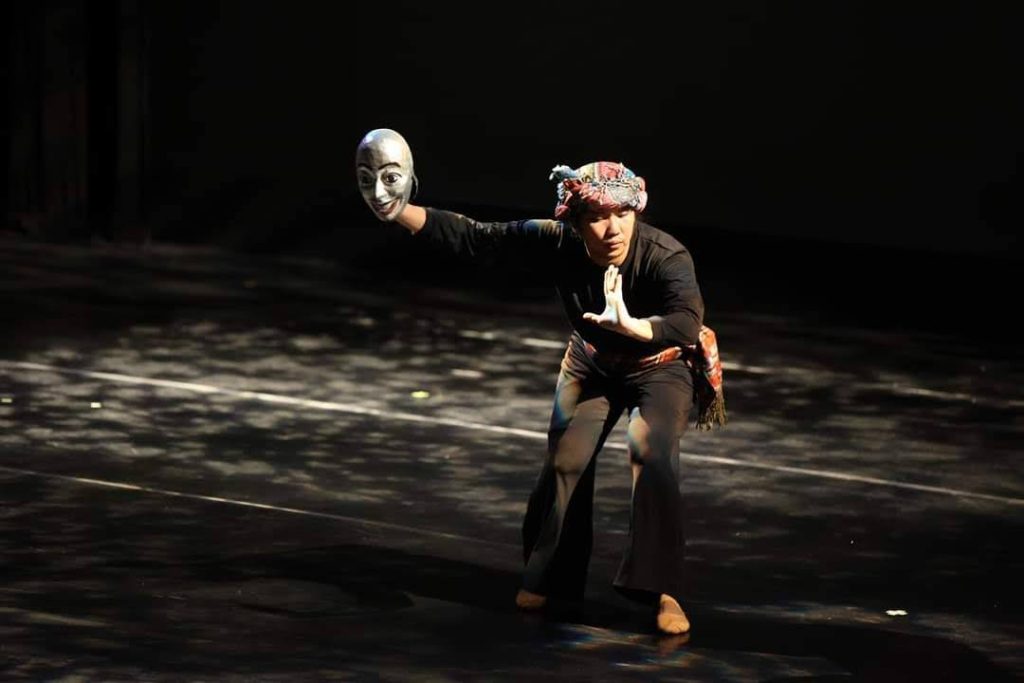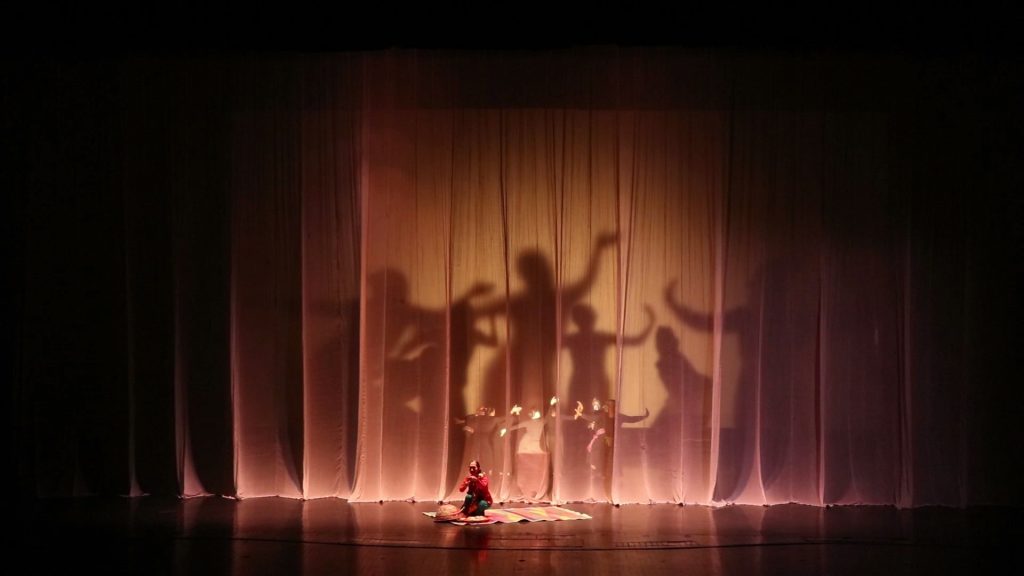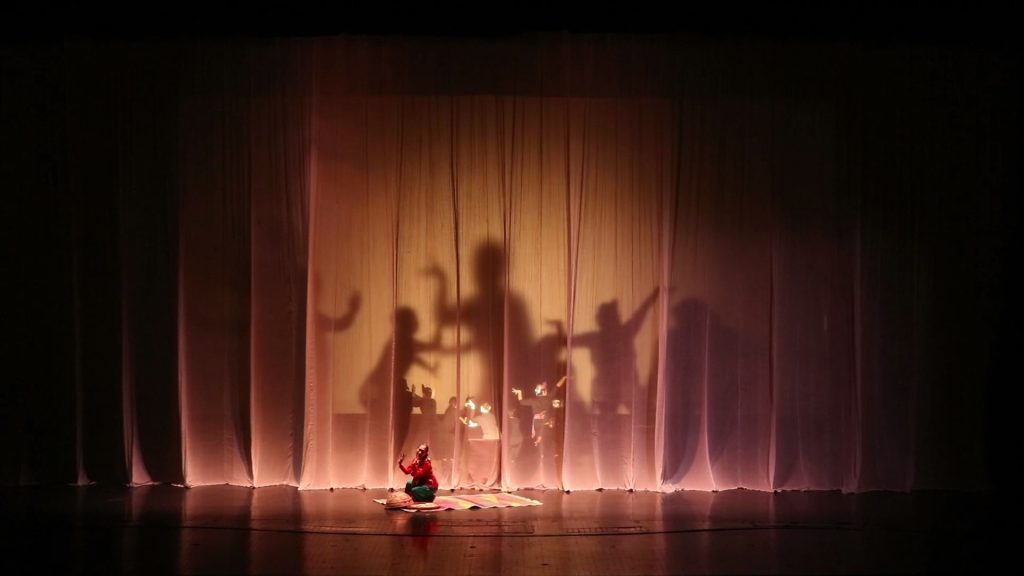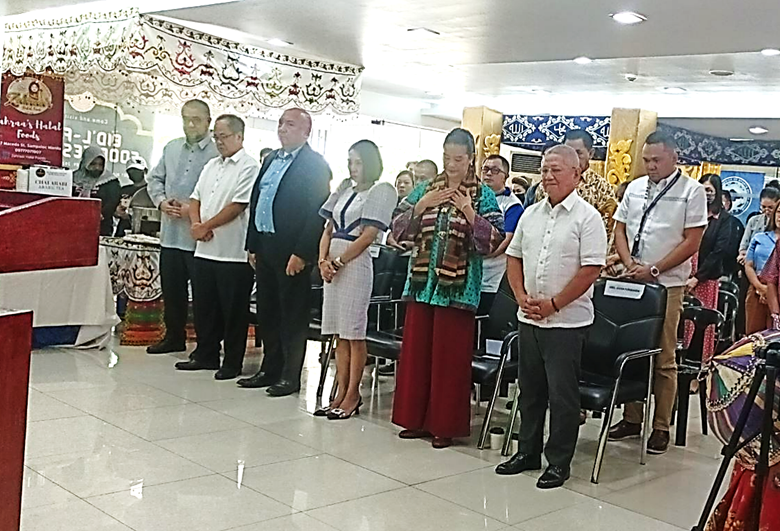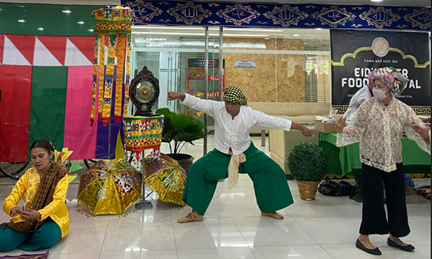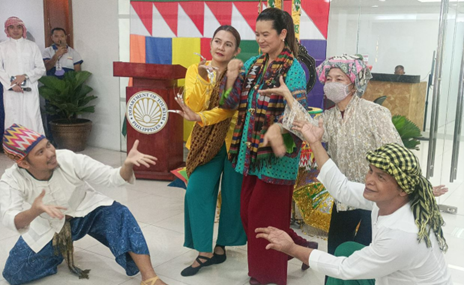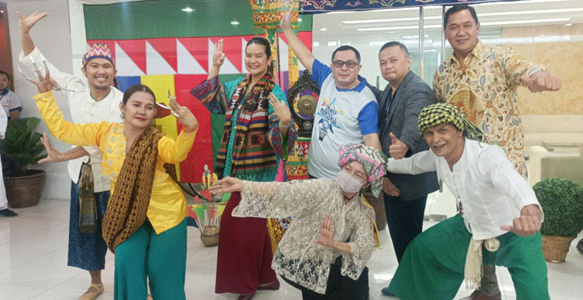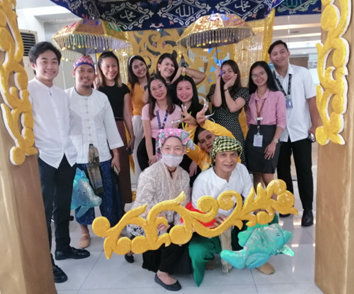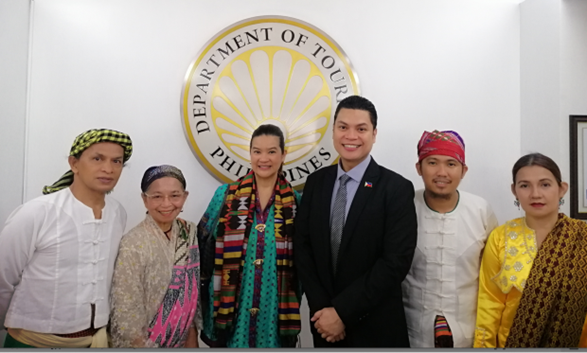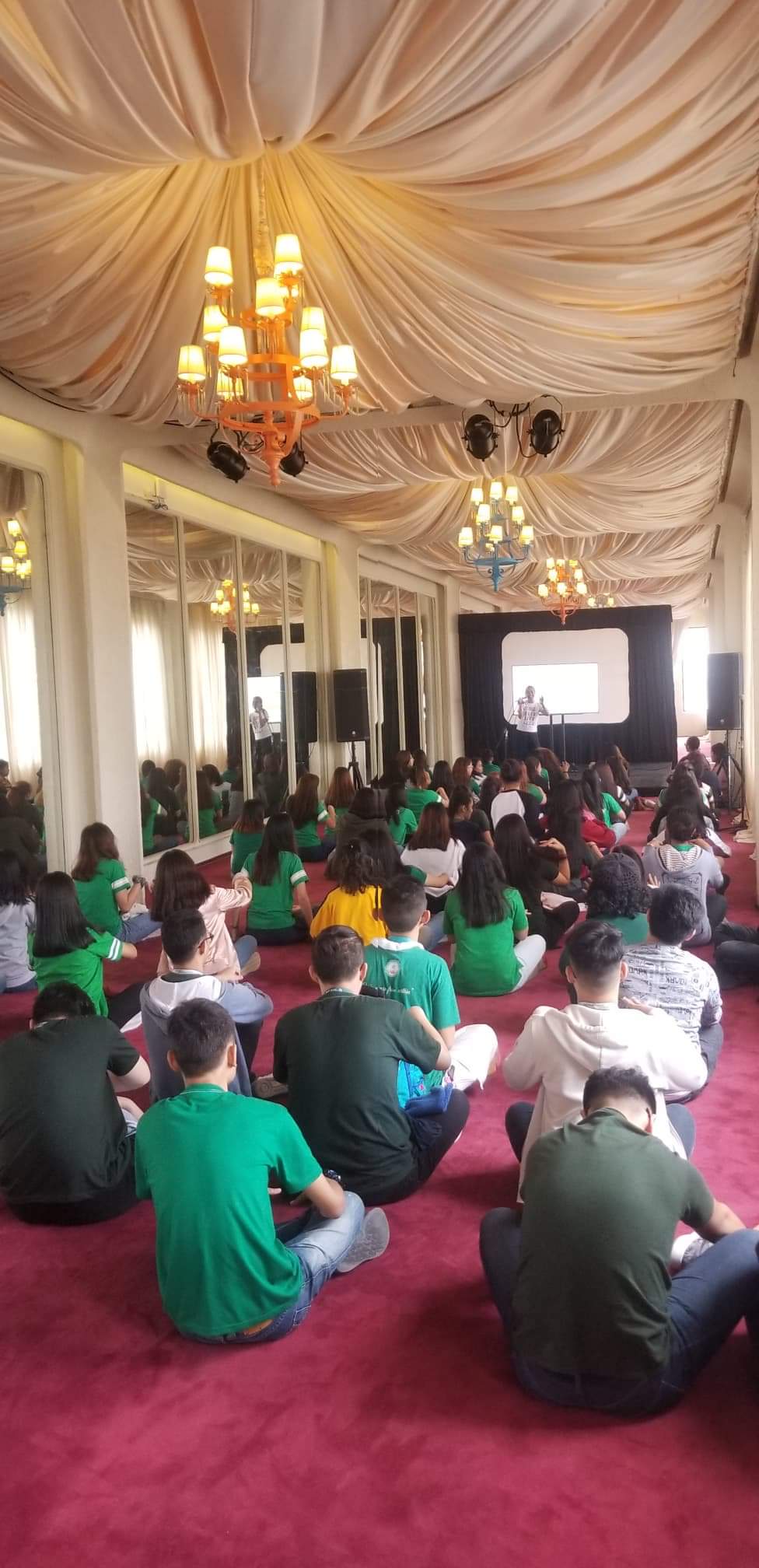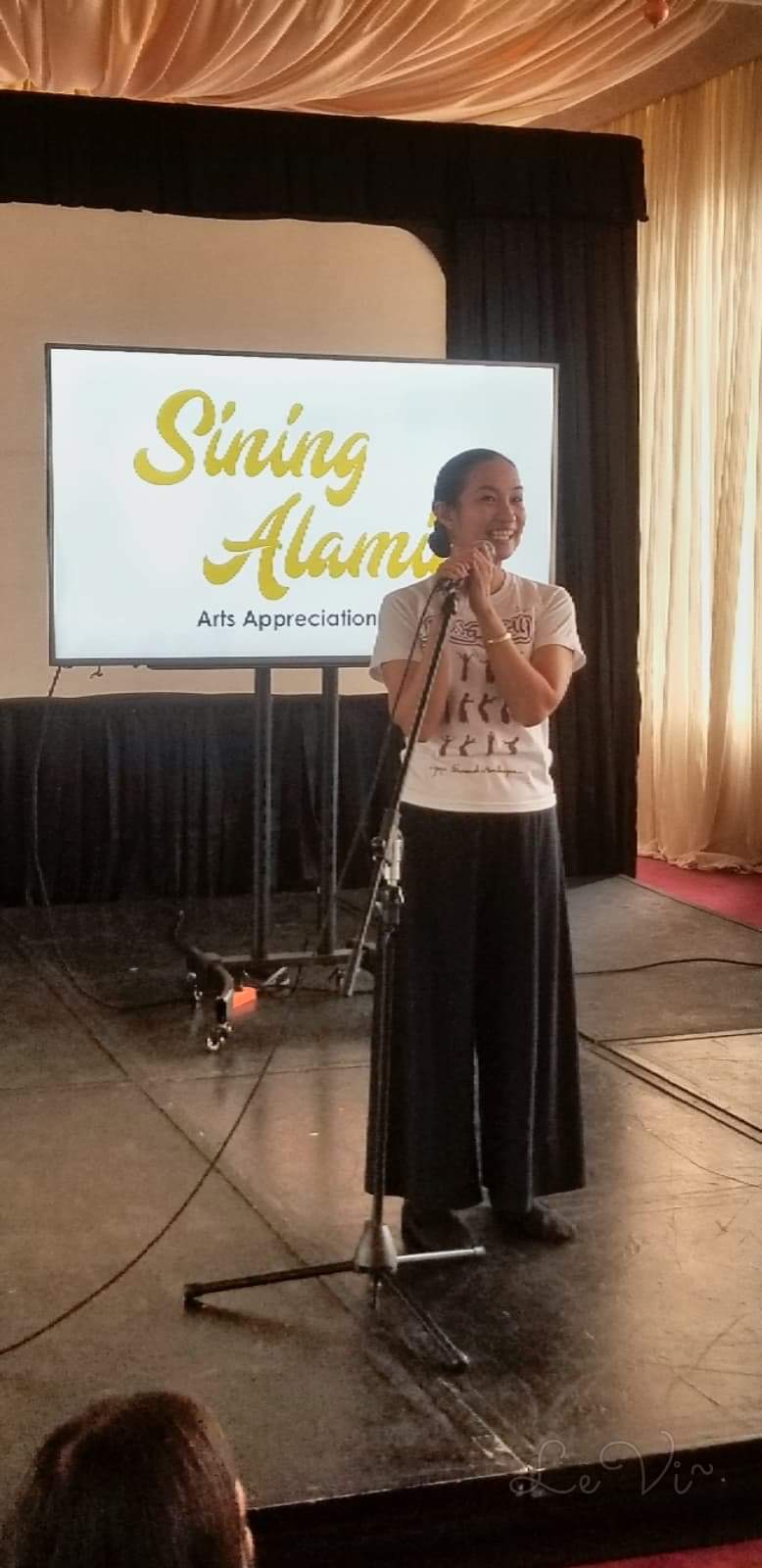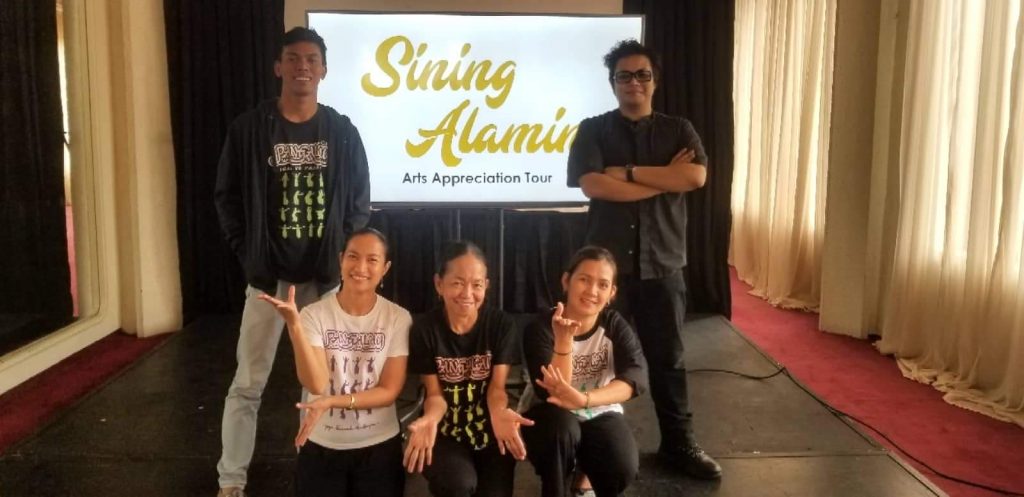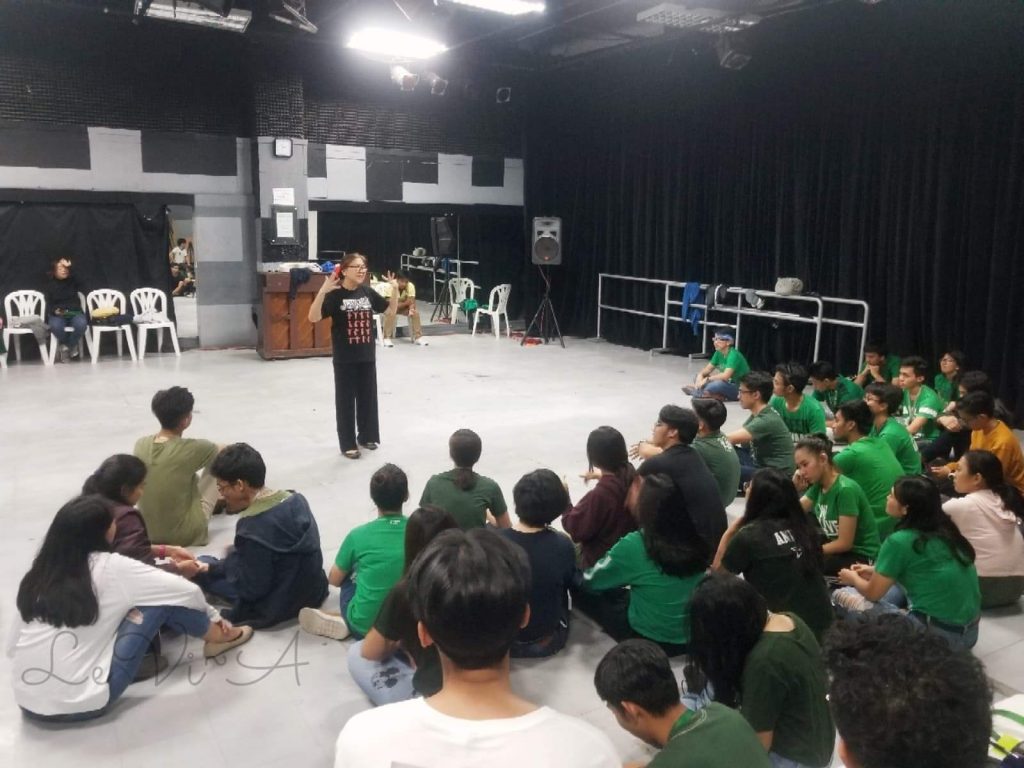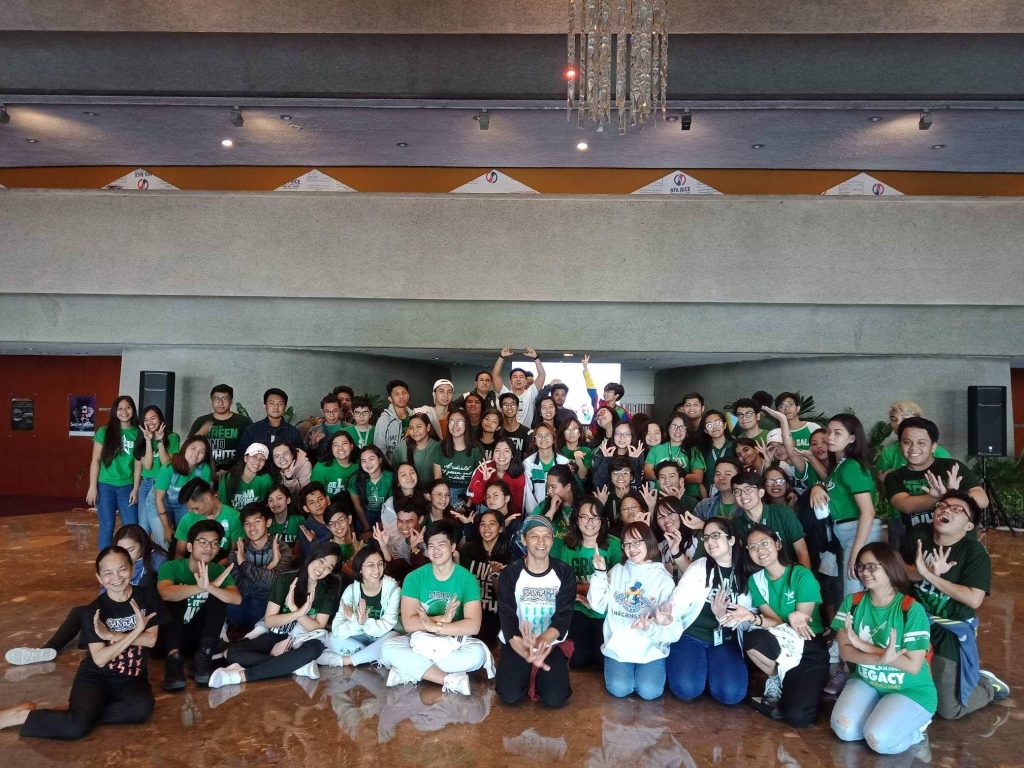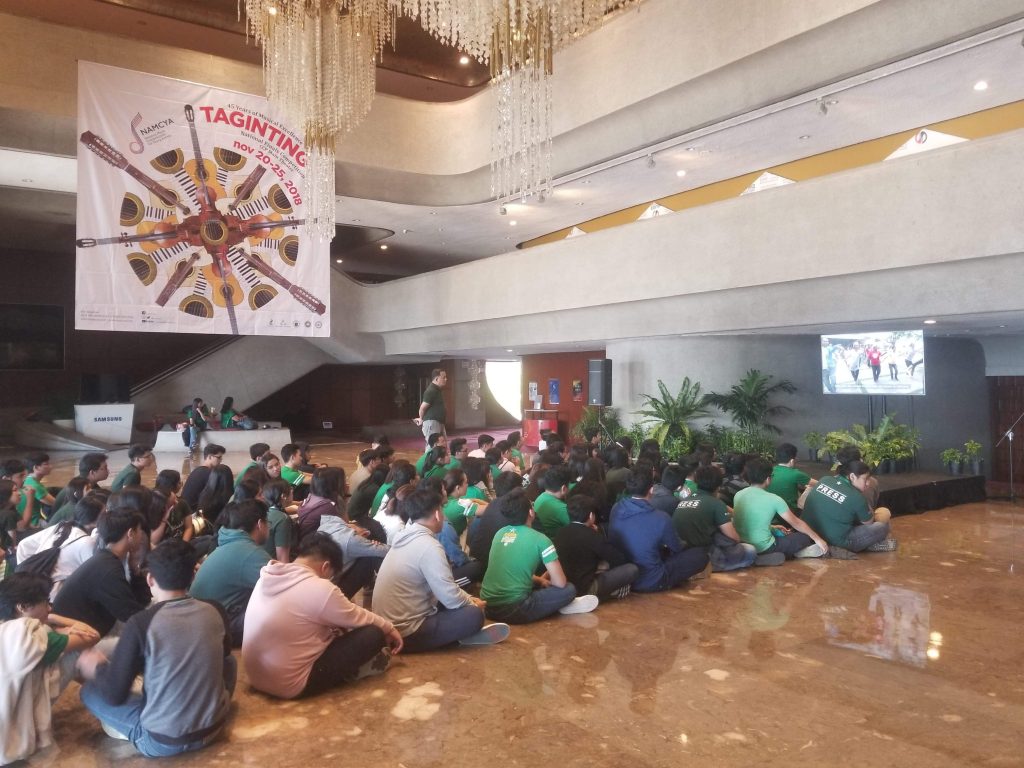In the luminous world of Philippine independent cinema, collaborations between filmmakers and traditional artists are rare — but when they do occur, they often result in works that transcend genre and speak to something deeper in the national soul. Such is the case in Sari Dalena’s Cinemalaya entry “Cinemartyrs,” a haunting, poetic, and unflinching meditation on memory, violence, and the lingering shadows of forgotten massacres in Philippine history.
At its heart, “Cinemartyrs” tells the story of a young filmmaker determined to resurrect collective memory by recreating episodes of atrocity long erased from the nation’s consciousness. But as her film crew ventures into landscapes still scarred by conflict, the act of remembrance itself stirs forces beyond the visible — restless spirits of the past and the unresolved grief of the present converge, blurring the boundary between history and haunting.
It is within this charged narrative that Professor Ligaya Fernando Amilbangsa, a tireless cultural bearer of the classical pangalay dance tradition, and her ensemble, the AlunAlun Dance Circle, were invited to participate. Their contribution is more than performance — it is a sublime embodiment of the film’s metaphysical core.

In a pivotal sequence, Amilbangsa and her dancers appear not merely as performers but as metaphors incarnate: the dancers, adorned in flowing textiles and guided by the invisible currents of ancestral memory, embody souls rising from the weight of history. At their center stands Professor Amilbangsa herself, portrayed as a celestial guide — a spirit of light and wisdom shepherding these souls toward transcendence. The result is a tableau that is at once elegiac and luminous, fusing choreography with philosophy, ritual with remembrance.
The sequence is remarkable not only for its visual poetry but also for the authenticity of its movement language. Drawing from the centuries-old pangalay tradition of the Sulu Archipelago, the choreography displays a rich movement vocabulary of gestures — extended fingers, flowing wrists, undulating arms, grounded stances, and precise articulations of the torso and fingertips — all hallmarks of a dance form often described as meditative and almost hypnotic.
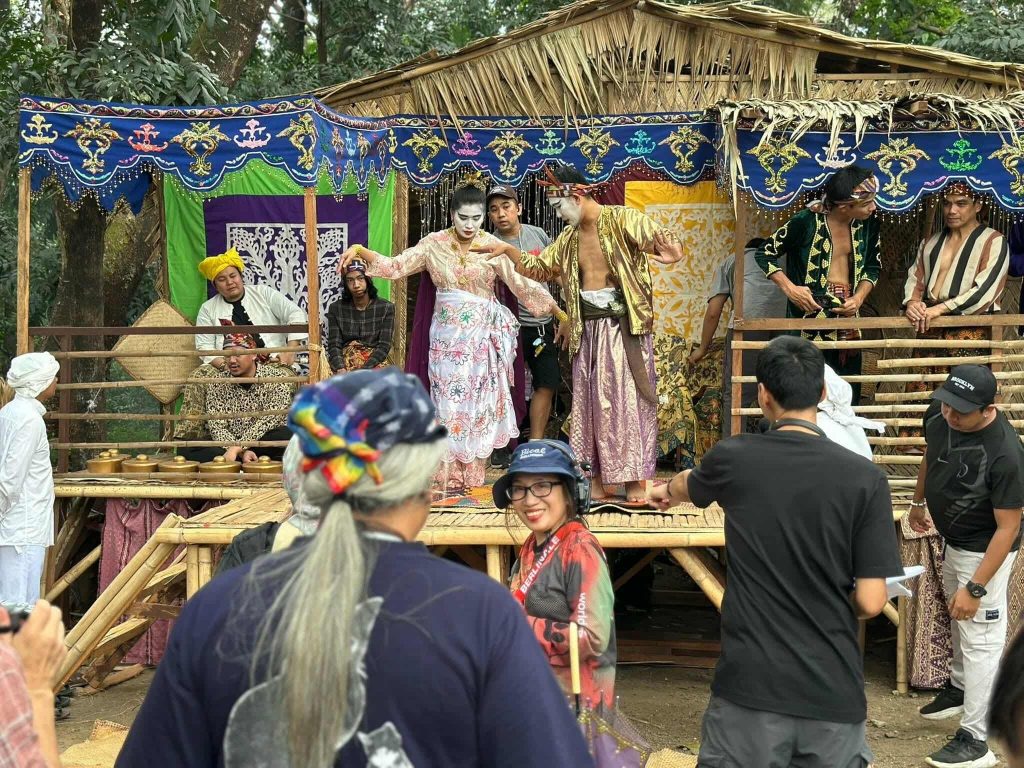
Pangalay’s characteristic flow, at once hypnotic and spiritual, becomes a visual metaphor for the continuity of memory and the resilience of the human spirit.
Enhancing the performance is the live score of kulintangan tungkil, performed by musicians Levi Azarcon, Hassanain “Hash” Magarang, Lee Smith Bitoon, and Andro Macalalag. The percussive, cyclical rhythms of the kulintangan — delicate yet insistent — weave a soundscape that both anchors the choreography in its cultural roots and elevates it into the realm of the transcendent. The music and movement together evoke a liminal space: part ritual, part requiem, part rebirth.

For Professor Amilbangsa, whose decades-long advocacy has championed the recognition and preservation of pangalay/igal as one of Southeast Asia’s most sophisticated dance traditions, this cinematic collaboration is an extension of her life’s work. It is a demonstration of how indigenous forms can inhabit contemporary narratives without losing their depth, dignity, or cultural specificity. It is also a quiet assertion that tradition, far from being static, is a living language — capable of articulating even the most urgent and brutal truths of history like the genocide that happened at Bud Dajo in 1906.
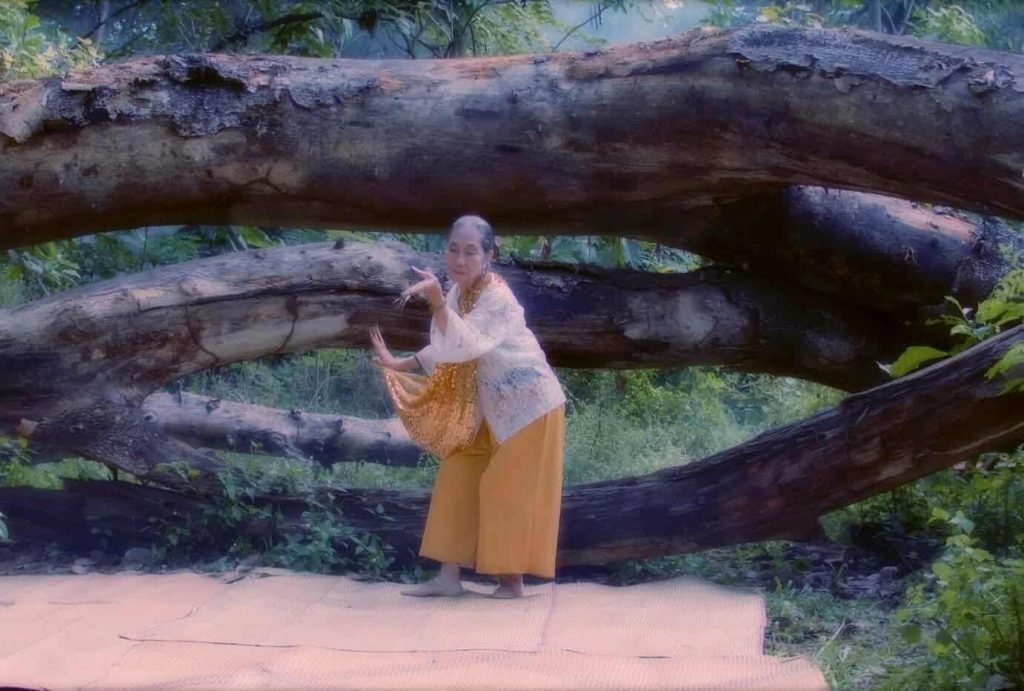
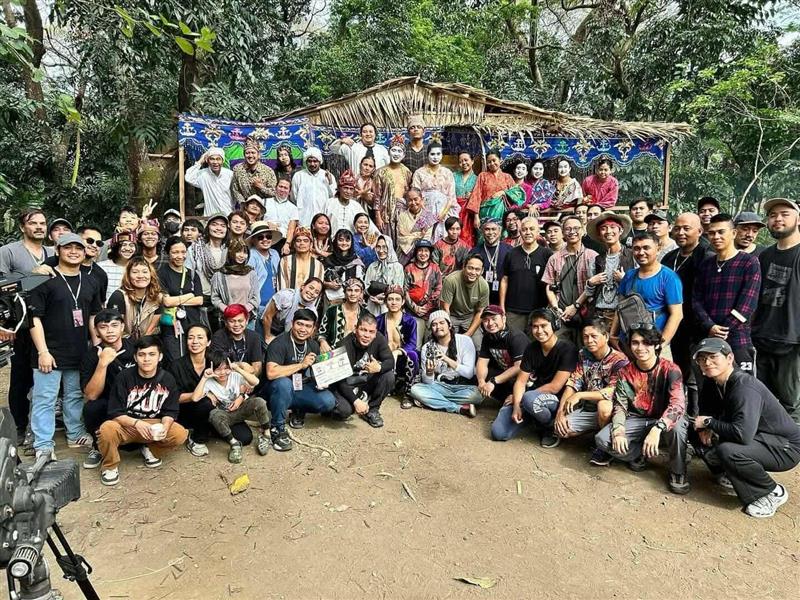
Through the synergy of film, dance, and music, “Cinemartyrs” becomes more than a work of art; it is a ritual of remembrance. The presence of Amilbangsa and the AlunAlun Dance Circle transforms the screen into sacred space — where forgotten souls rise, guided by ancestral grace, toward the light of collective reckoning.
In a cultural landscape often obsessed with the new and the fleeting, this collaboration is a rare and radiant reminder: that the past is not past, that art can be both witness and guide, and that the gestures of tradition still hold the power to heal the wounds of history.
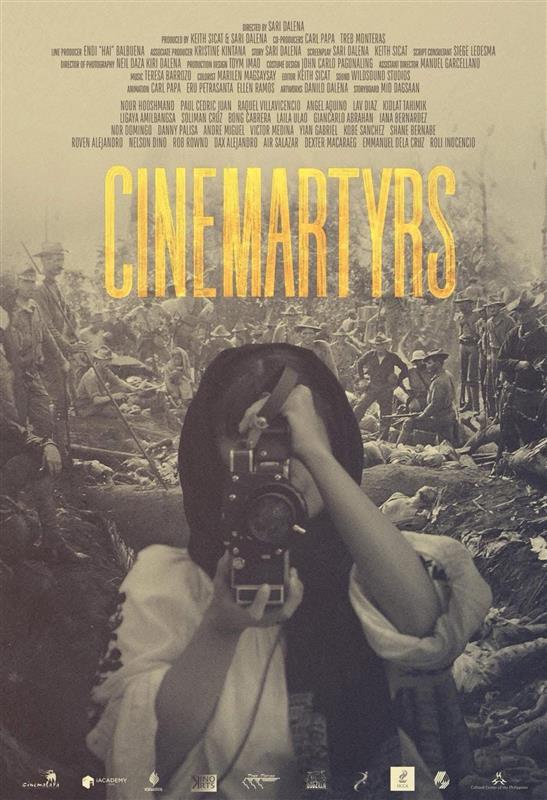
Cinemartyrs is one of the full-length films in the 2025 Cinemalaya Independent Film Festival. The festival is the Philippines’ premier independent film festival, founded in 2005 and organized by the Cinemalaya Foundation, Inc. in partnership with the Cultural Center of the Philippines (CCP). It champions bold, artistically daring Filipino films that explore identity, truth, and social justice.
Cinemalaya 2025 Edition: Layag sa Alon, Hangin, at Unos is running from October 3–12, 2025, the 21st edition embraces the metaphor of sailing through turbulent seas—an ode to the resilience of Filipino filmmakers amid political, cultural, and economic storms;
Screenings at Shangri-La Plaza, Gateway Cineplex, and Ayala Malls Cinemas.
